Marco Marcon, Gallery Crossing, International Art Space Kellerberrin Australia, 2000
The exhibition Cavenago developed for IASKA subverts the normal relationship between gallery and artwork. The artist created a large plywood and metal structure on castors to be used as reception, workstation and meeting area for the gallery staff and the public. It is an object that gathers onto itself the institutional functions of the organization hosting the exhibition while at the same time putting them on show in the gallery itself. In this way IASKA ceases to be the container of the work to become the actual «content» of the artistic intervention.
Cavenago based the design of his work — including its dimensions, proportion and lay-out — on an analysis of the special relations between gallery, the surrounding urban space and the everyday objects the artist found in IASKA’s office. All the contents of the structure, chairs, bins, lamps, computers have been chosen and arranged with great care and are integrals parts of the work.
The work interacts visually and conceptu- ally with the surrounding empty gallery space and with the road outside, which is clearly visible through the large window that occupies an entire side of the gallery. By mounting the structure on castors the artists appears to link the work to the road, the pipe line and the railway that dominated the area in front of the gallery. The work seems to hint to the fact that the town of Kellerberrin is dominated by an East-West axis that involves the movement of water, cars and trains. But the North-South orientation of the work deliberately disrupts the town’s alignment introducing an element of surprise and dynamism.
Cavenago also produced a series of digital photographs exploring the traces left on the pipe line by the natural elements and human intervention. They are graffiti, scratches, stains that mark the concrete surface and that the artist reproduces in images of great beauty. In these works the Cavenago’s intervention is limited to the choosing and framing visual details created by chance, it is a process of great immediacy that produces results of strong formal resonance.

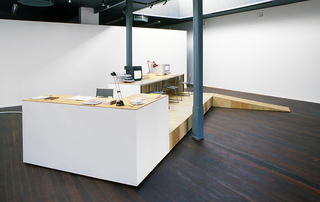
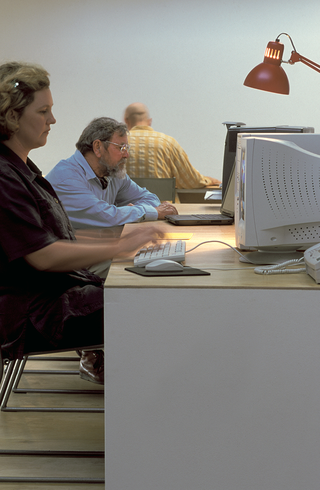



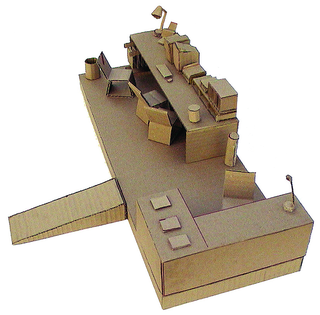
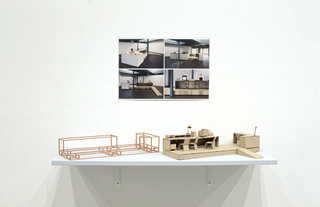
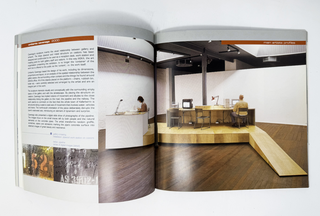
Social
Contatti
umberto@cavenago.info